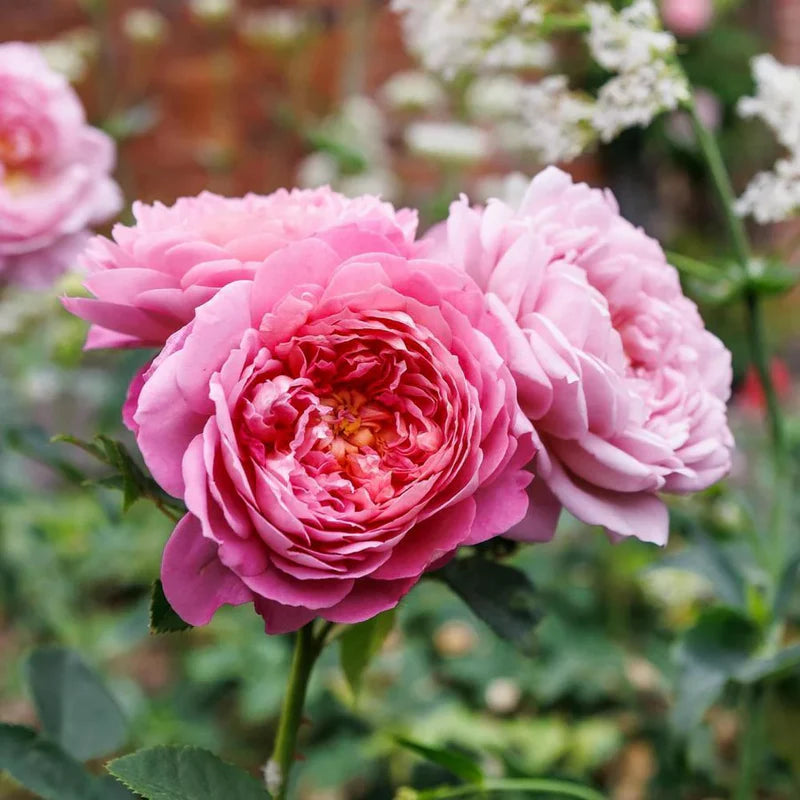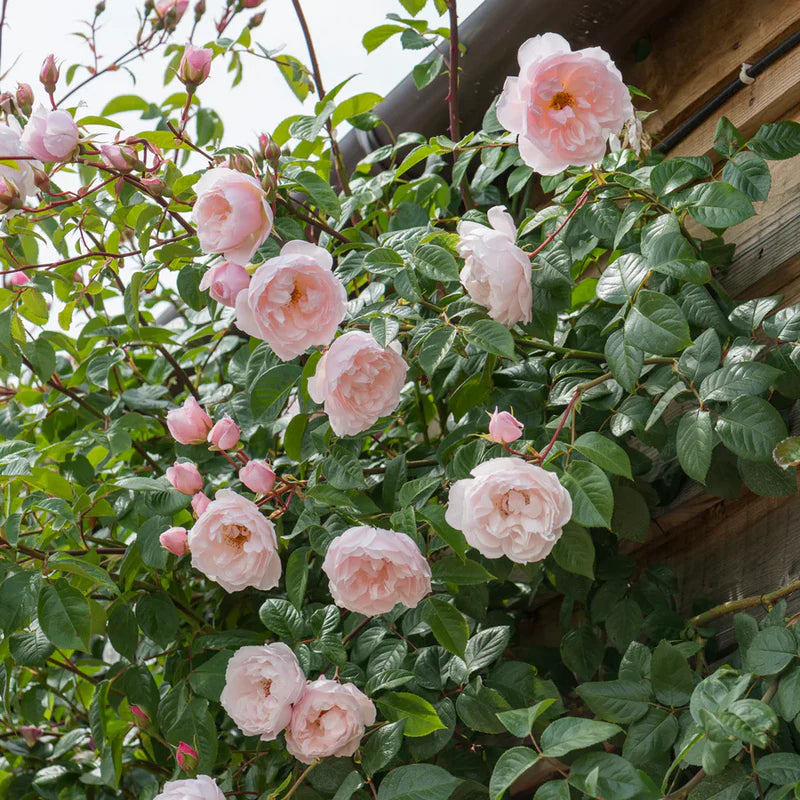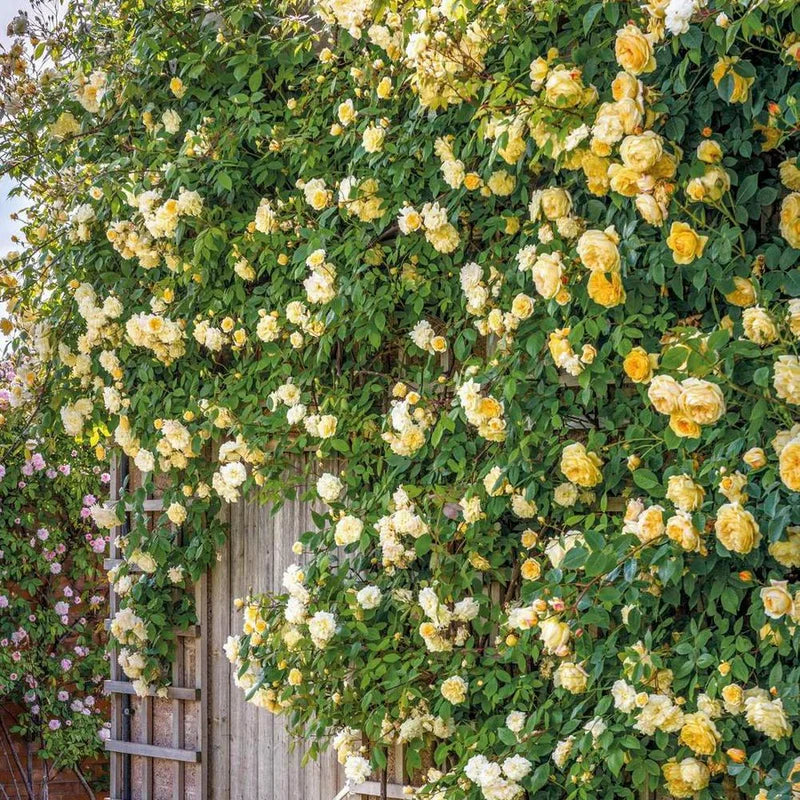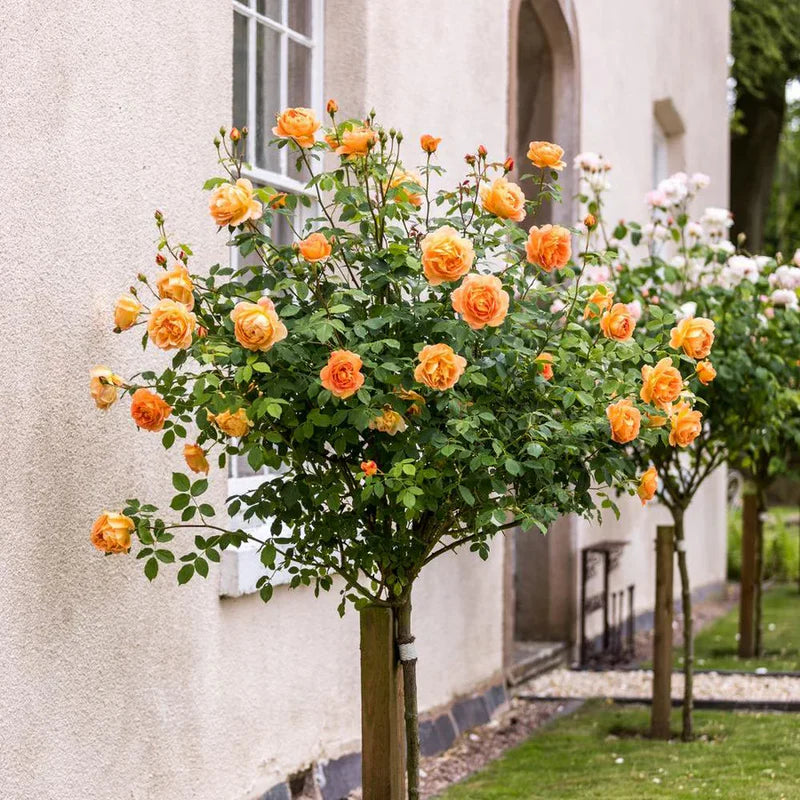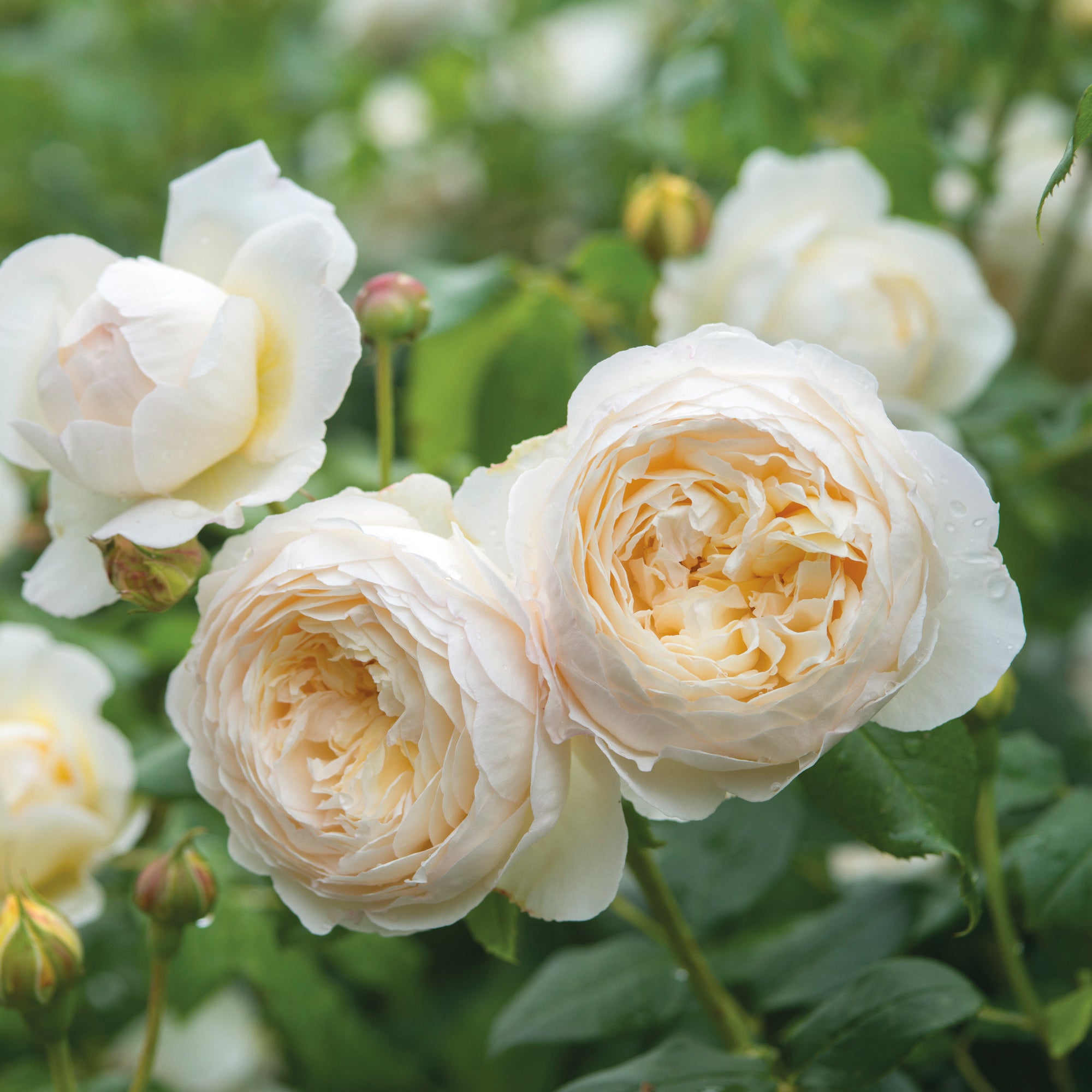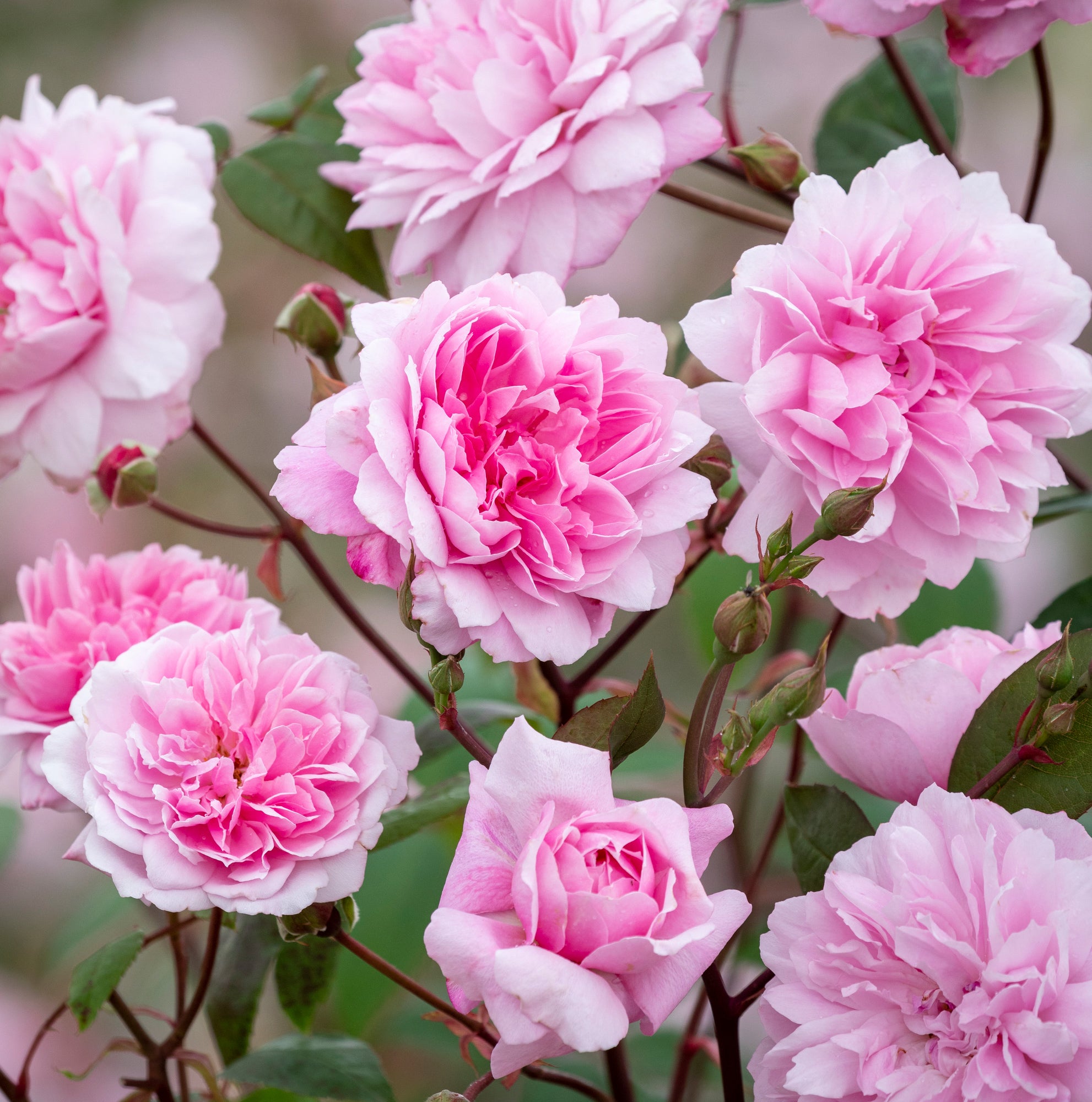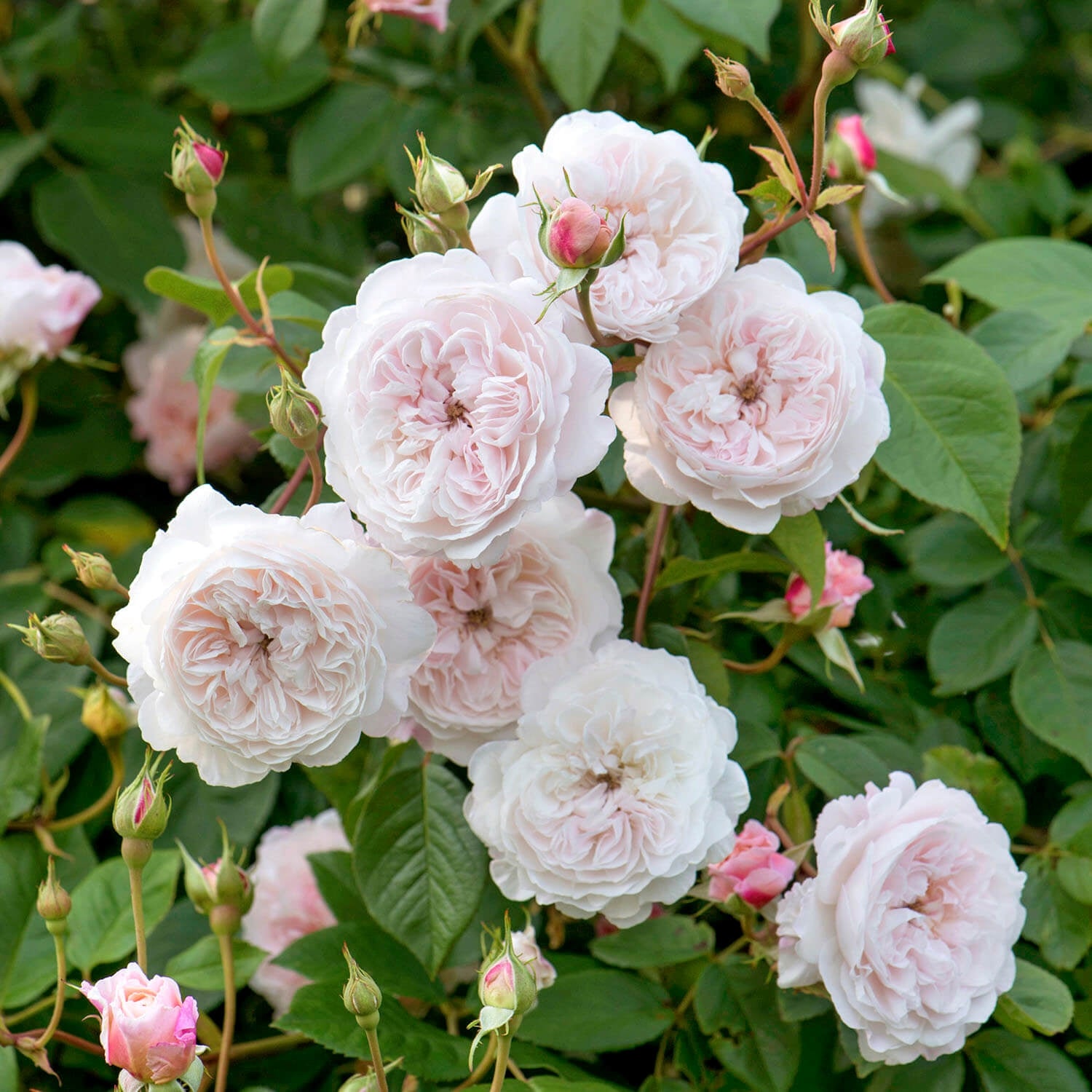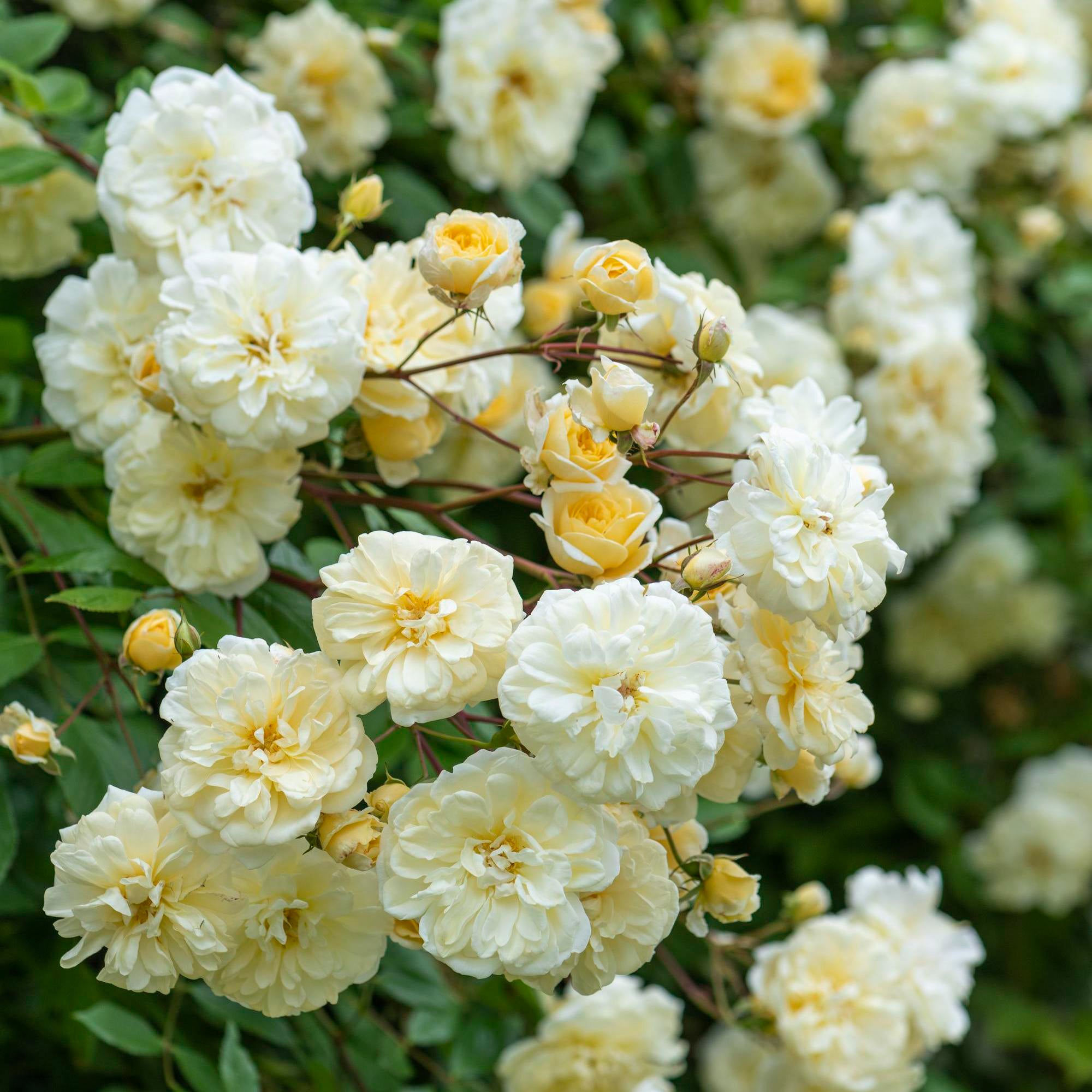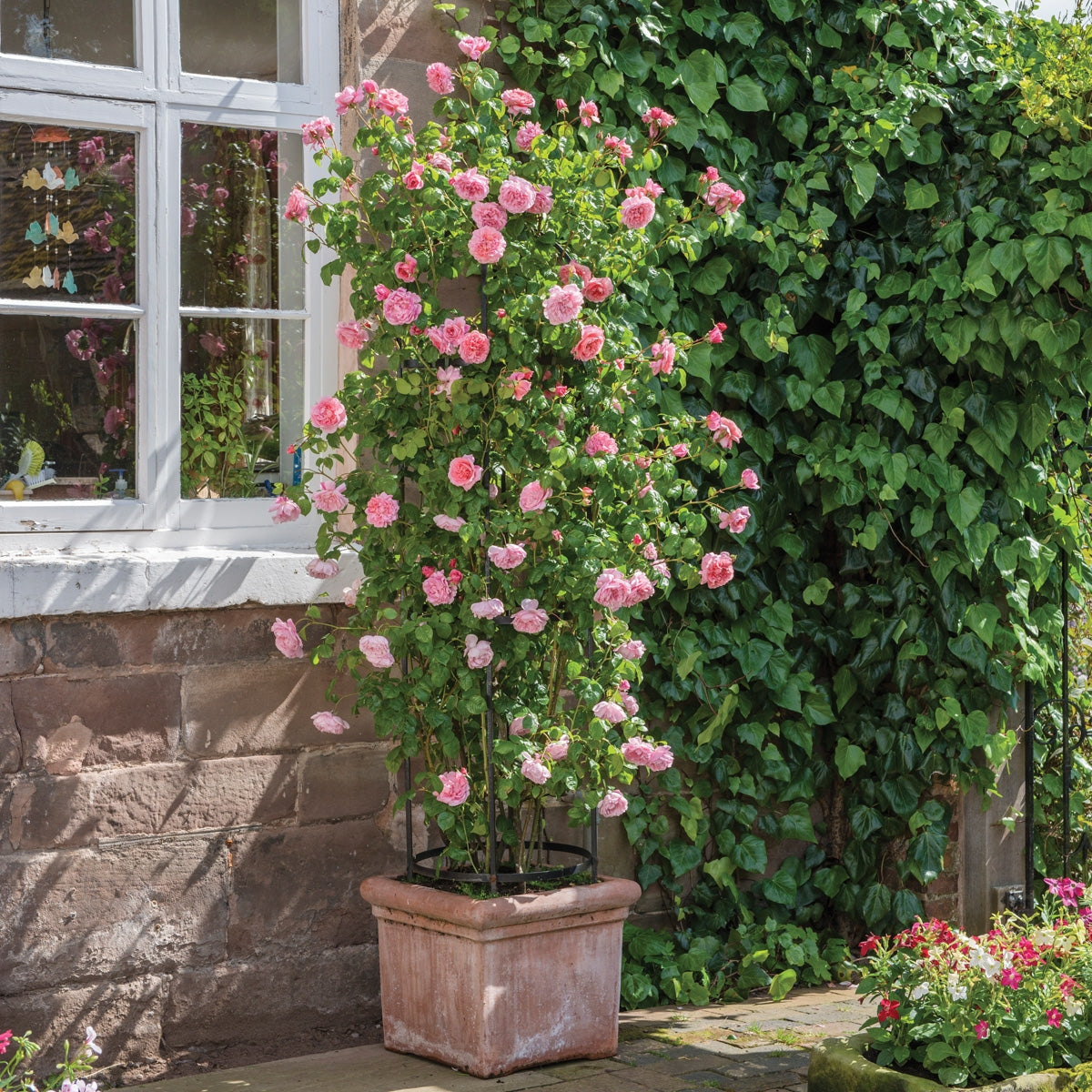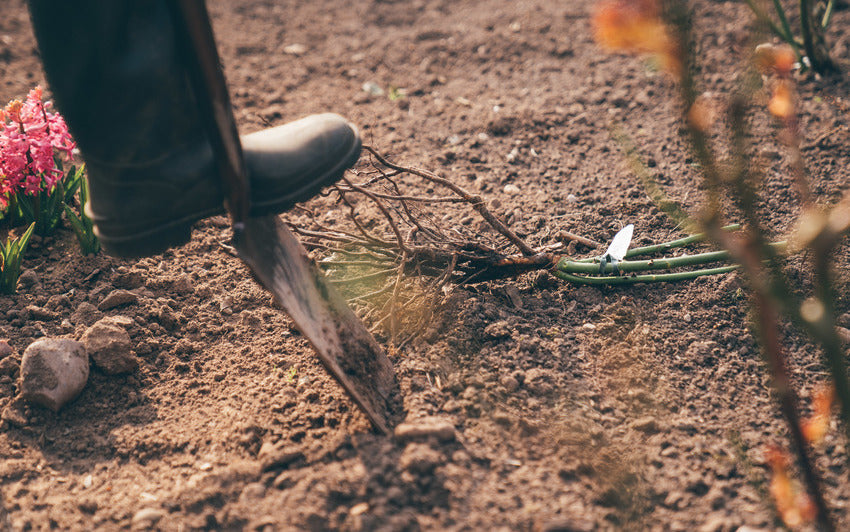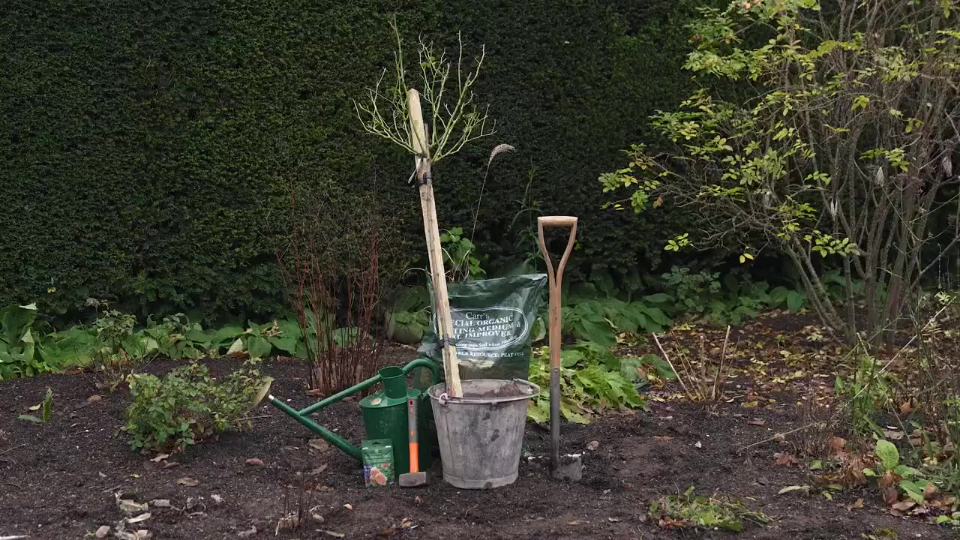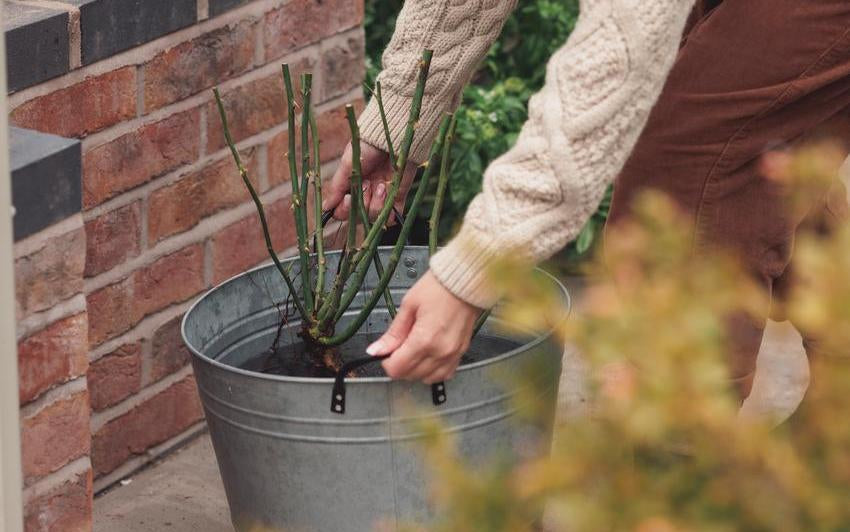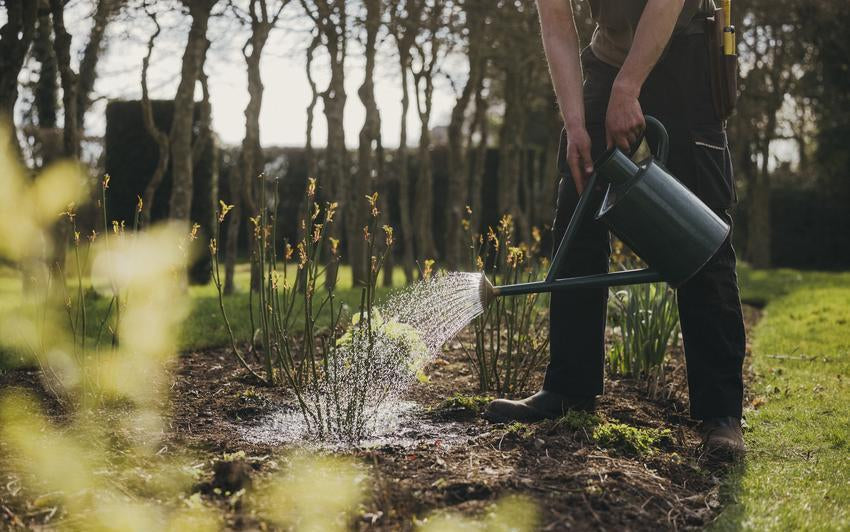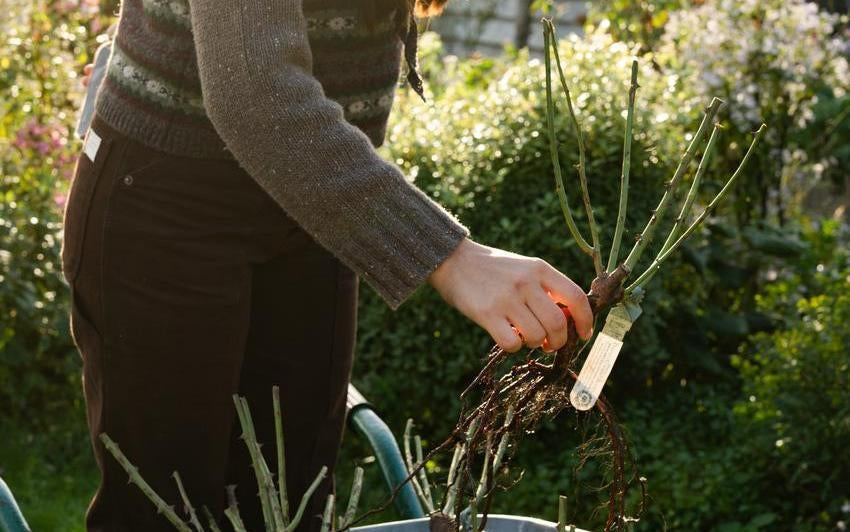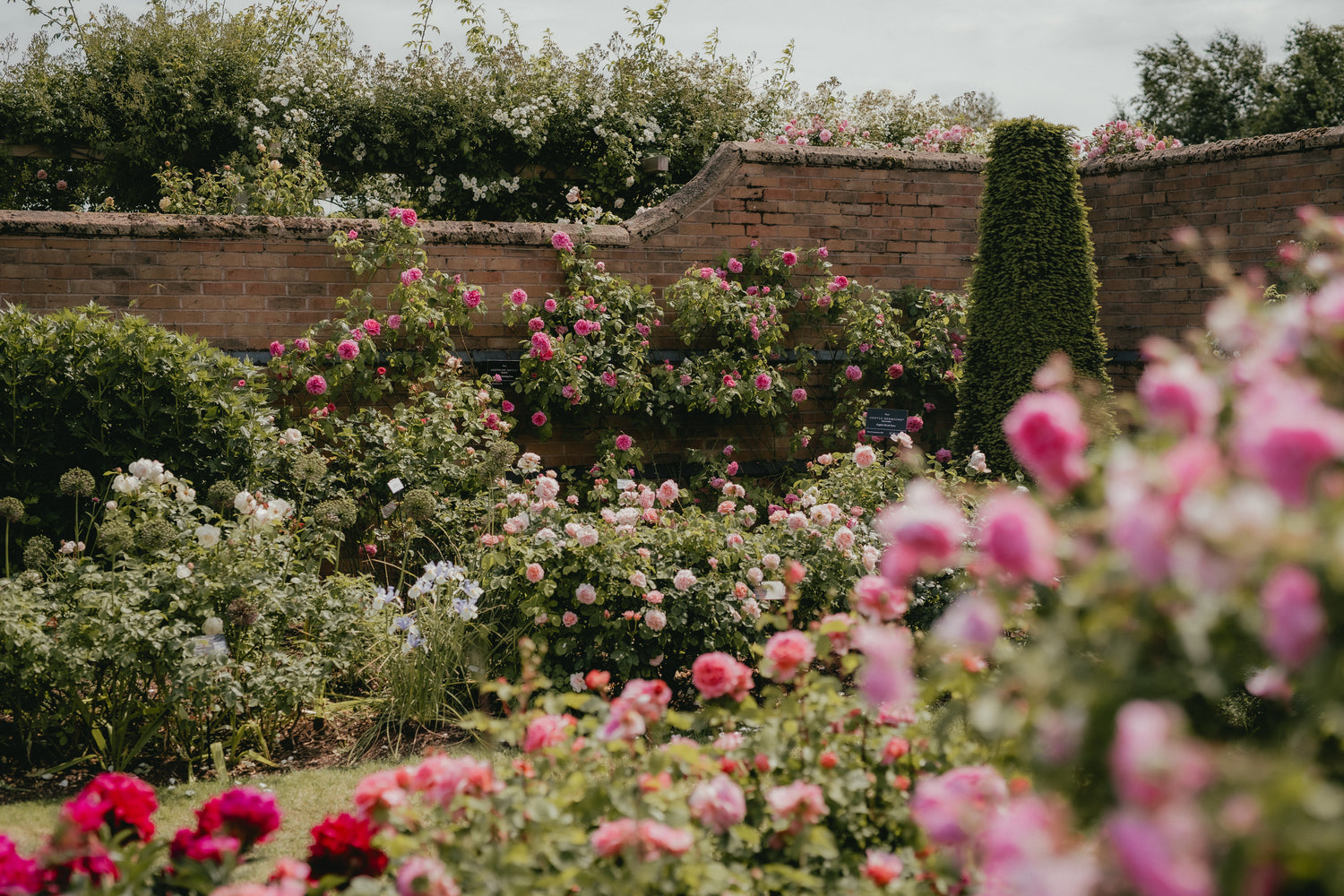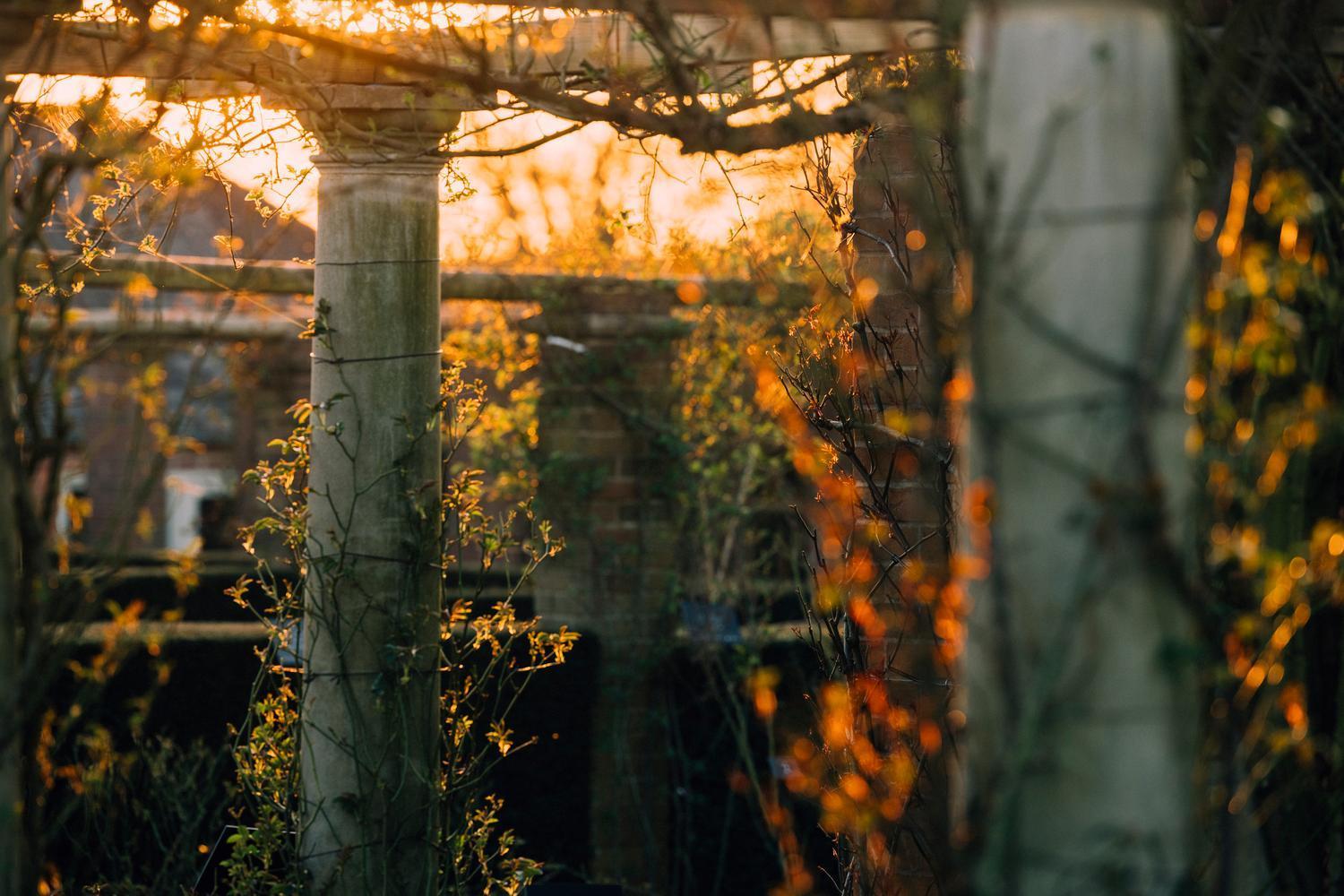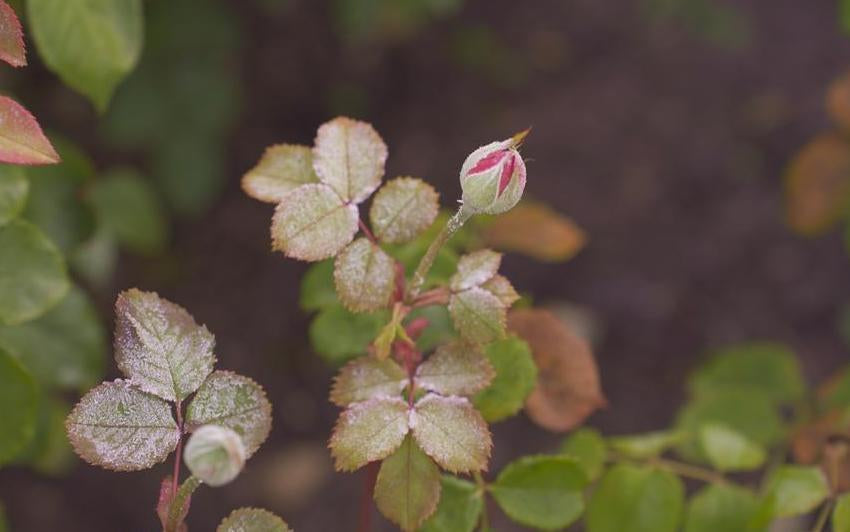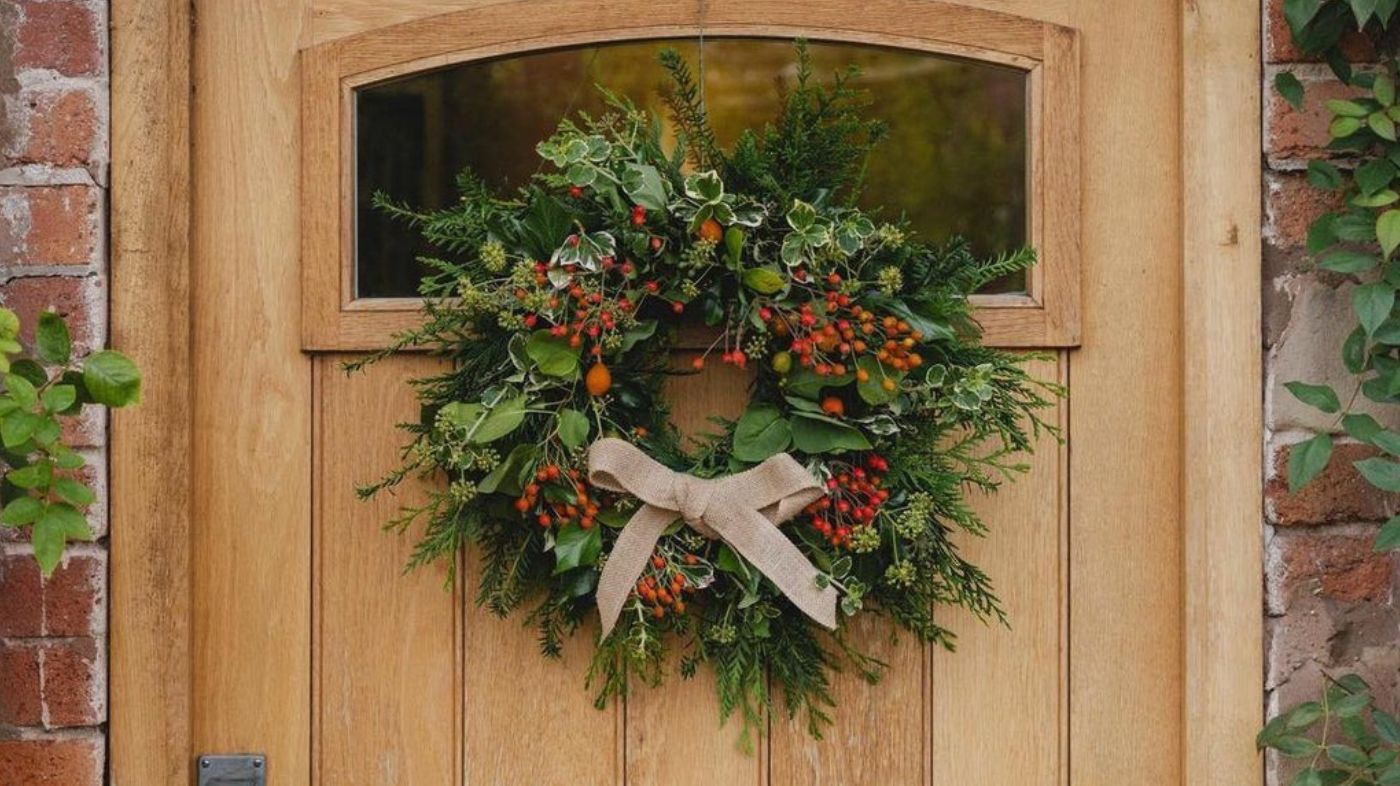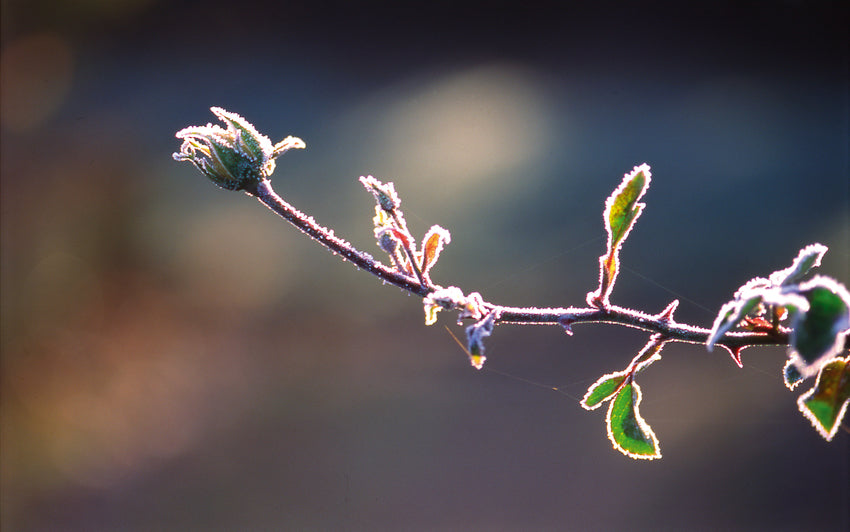Planting Bare Root Climbing and Rambler Roses in the Ground: Step-by-Step
Bare root climbing and rambling roses bring both structure and romance to the garden, offering a traditional and sustainable way to cover walls, fences, and arches with abundant blooms. Planted between autumn and early spring, these roses establish naturally through the cooler months, ready to send out vigorous new shoots when warmth returns. With a little preparation and care, they will reward you for many years with graceful growth and exquisite fragrance.
The ideal time is during dormancy, from late autumn to early spring. Planting in this period allows the rose to settle quietly into the soil, developing a strong root system before spring’s energy arrives.
Your Chosen Rose
Spade
Gardening Gloves
Watering Can
- We recommend Haws
Soil Improver or Well-Rotted Manure
- We recommend Carr’s Special Organic Soil Improver
Additional
- David Austin Mycorrhizal Fungi
- Large bucket of water
- A structure for your rose to grow up
Climbing roses love sunlight, so choose a position that receives at least four hours of direct sun each day. When planting against a wall or fence, place your rose at least 30 cm (1 ft) away to allow rainwater to reach the roots and give them space to spread. Make sure there is a strong support, such as a trellis, wires, or an arch, for the stems to be tied onto as they grow.
Before planting, place your bare root rose in a bucket of water for at least two hours. This ensures the roots are fully hydrated and ready to settle into the soil.
Planting in the Ground
Aftercare
Once planted, the rose can rest undisturbed through the winter months, quietly building its strength below ground. Keep the soil moist but not waterlogged if the weather is dry. In spring, begin to tie the new shoots to their support, training them to grow horizontally for the best display of blooms. With patience and care, your climbing rose will soon transform its chosen structure into a living tapestry of colour and scent.




